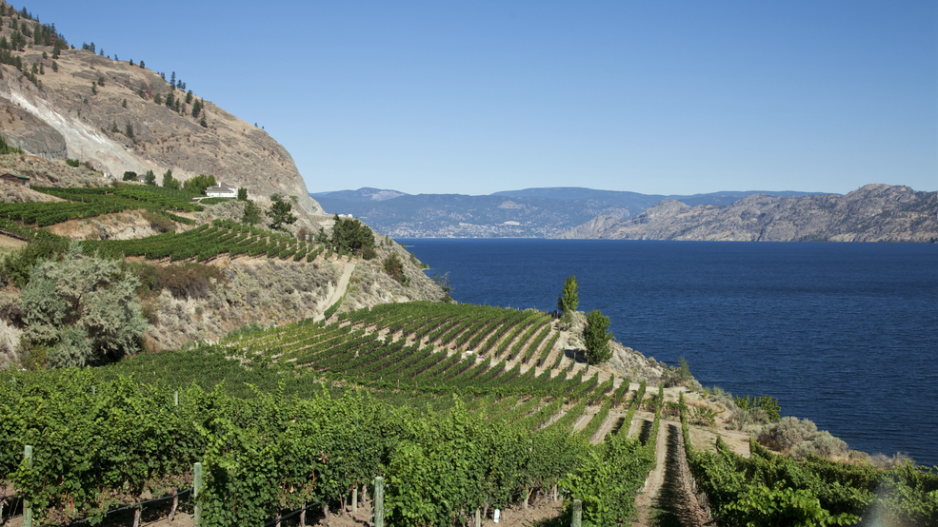The B.C. government on April 12 announced plans to change regulations and alter how wineries in the province operate, as well as what words they are allowed to put on wine labels.
Business in Vancouver reported last month that these changes were on the horizon.
The most significant change is that winery owners from four parts of the province will newly be able to put their wines’ regional origin on wine labels. Those regions are Thompson Valley, Shuswap, Lillooet and the Kootenays.
The current system only allows winery owners from Vancouver Island, the Gulf Islands, Fraser Valley, Similkameen Valley and the Okanagan Valley to put those parts of the province on wine labels.
Other wine from B.C. is able to be labelled more broadly, by saying that the wine is from British Columbia.
The change is expected to help winery owners in those four new authorized regions develop a wine culture, attract a consumer following and generate more tourist visits.
“By helping B.C.’s wine regions identify and promote their own terroir, and making it easier for smaller wine producers to participate in the BC VQA program, B.C. wine drinkers will be able to make more informed choices as they select, enjoy and buy B.C. wines,” said Minister of Agriculture Lana Popham.
The regulatory change was recommended by the BC Wine Appellation Task Group and supported by industry stakeholders in a provincewide plebiscite in mid-2016.
That plebiscite recommended 10 changes, of which the previous Liberal government enacted three.
In addition to the change to allow four new regions of the province to put those geographic indicators on labels, Popham’s ministry plans to change three more regulations by summer.
They are to:
•support industry efforts to identify sub-regions as the basis for new sub-geographical indications;
•have a more-affordable flat fee for small wineries to be part of the BCWA; and
•ban the use of unregulated geographical indications on wine labels.
That leaves three plebiscite recommendations that the government has yet to officially support.
Indeed, the biggest news of the day is arguably that instead of shelving the final three of the plebiscite’s 10 recommendations, the B.C. government intends to eventually implement all of those recommendations after further consultation with industry.
“It’s about how best to implement those final three recommendations that is the challenge there,” British Columbia Wine Institute CEO Miles Prodan told BIV after the government’s announcement. “There’s also an undetermined timeline for that.”
Those final recommendations include:
•requiring all wineries to be BCWA members as a condition of having a winery licence;
•changing the required branding on labels for wine that has not met the British Columbia Vintner’s Quality Alliance (BC VQA) standard to “British Columbia wine” from “wines of distinction”; and
•requiring all wine made from B.C. grapes to be either BC VQA or “British Columbia wine” in order to put the phrase “wine of British Columbia” on the label.




